From the October 2023 issue of Apollo. Preview and subscribe here.
A linen dress dyed indigo blue, worn, faded, and with patches of repair including, on either side of the bodice, slits – now sewn up – that would have allowed its owner to feed her baby discreetly: at Kettle’s Yard this evocative garment – made in the 1930s, probably in Gaza, and mended again and again over time – is deliberately displayed inside out. It sets the tone for an exhibition that tells, through embroidery, the story of a people.
Across the towns and villages of historic Palestine, once part of the Ottoman empire, the skill of embroidery was passed from one generation of women to another, with designs and stitches particular to each locale. Everything changed in 1948, the year of the establishment of the state of Israel – an event known to Palestinians as the Nakba (‘catastrophe’), which resulted in the displacement of hundreds of thousands of Palestinians into refugee camps, and the subsequent Israeli occupation of all historical Palestine in the war of 1967. The garments themselves, known as thob – some 40 altogether in the exhibition – chart a 100-year-old history, bringing us to the present day. Archival photographs and accounts written at the time place the garments in context, complemented in the modern era by a series of short interviews with embroiderers filmed by the London-based artist Maeve Brennan, as well as contemporary art.
What emerges here most strongly is the realisation that every stitch conveys information, from the practical skill involved in the initial making (as well as in the repair and re-use – giving new depth to the saying ‘make do and mend’), to the importance of place and the quiet dignity of the contemporary embroiderers. These women continue to embroider, keeping the tradition alive and at the same time providing for their families. Displayed in three rooms in Kettle’s Yard, the exhibition is chronological in structure: costumes and related objects from before 1948 are in the first gallery; a second section shows the transformation of the role of costumes and embroidery into objects expressing nationalism; and a third room charts the role of dozens of NGOs supporting contemporary embroidery, sometimes with negative effects. This sits alongside films, reading matter and a board on which visitors have placed comments.
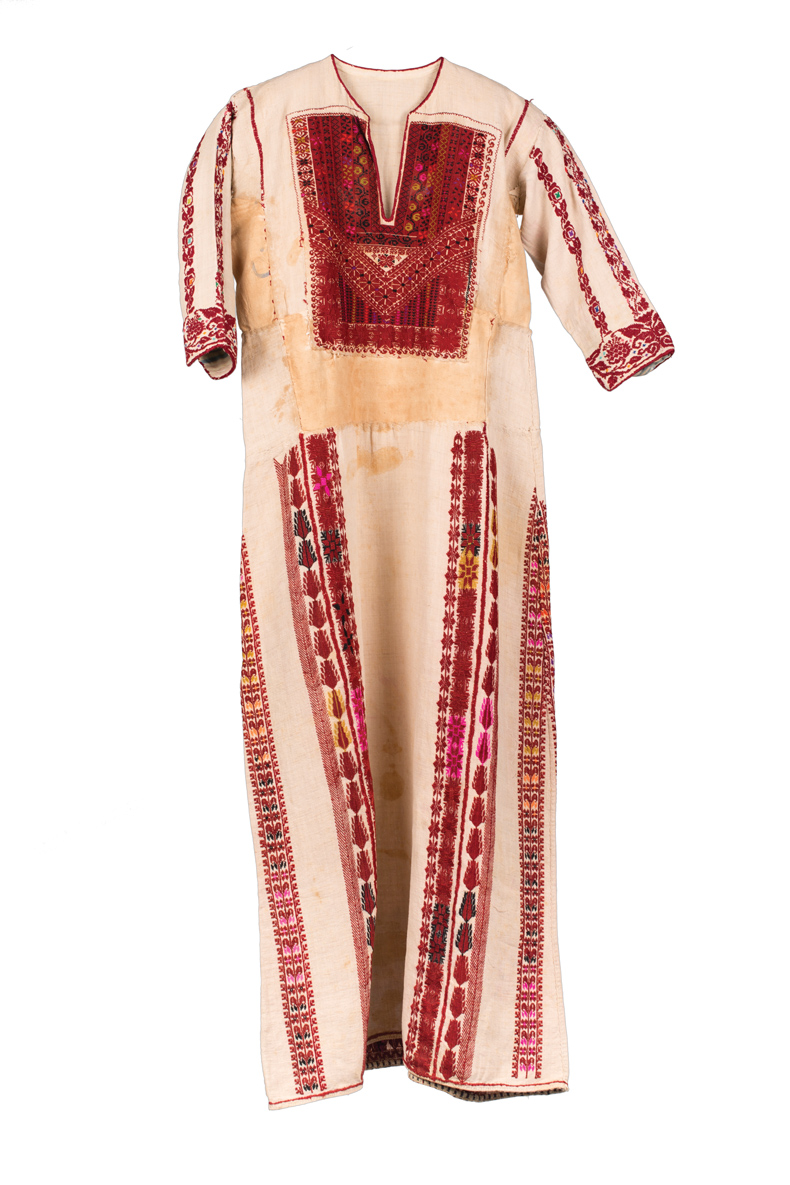
Dress from Ramallah (1930s). Collection of Maha Abu Shosheh. Photo: courtesy Kettle’s Yard
This important exhibition, curated by Rachel Dedman, sprang from a single idea. With examples of the old costumes now dispersed in the collections of Palestinians in Lebanon, Jordan and elsewhere, and few left in Palestine itself, this pre-eminent representation of Palestinian cultural heritage was under threat. The challenge for Dedman was ‘to look at the big picture of Palestine through the intimate vehicle of clothing as a way of talking about that history’. The exhibition was based on a previous show curated by Dedman first at Dar El-Nimer, the Palestinian cultural centre in Beirut, and then at the Palestinian Museum in Birzeit; its reception at these venues with a Middle Eastern audience was different from that in Cambridge, where the context needs more explaining – something that is done with a light touch. Dedman has said that it was important to show the garments without glass – ‘This was heritage that was alive,’ and she did not want it ‘museumified’. Without the interference of glass as you walk around the forest of costumes, you can appreciate how, for example, a garment from Hebron differs from one from Ramallah, where dresses were made with long, pointed sleeves which wearers would tie behind their backs as they worked. The dresses of Bedouin women are different again – generally black and worn with coin- or bead-encrusted burqas. One glorious video shows a Palestinian girl demonstrating how to put on the Bedouin pocket dress, metres of fabric miraculously tucked and belted to create voluminous pockets for storage. The astonishing range of motifs that make up the large panels at the front and back and on the sleeves of the dresses is quite marvellous; these are drawn from what was around them – flora and fauna, architecture (including tiles from the Dome of the Rock in Jerusalem); later, Palestinian flags were subtly inserted. While cross stitch predominates, there are other techniques. Occasional deliberate imperfections, to ward off the ‘evil eye’, are particularly intriguing.
The mood changes dramatically in the second room, which takes us into the post-Nakba era. With many Palestinians living in refugee camps, the first effect on costume and embroidery was the shutting down of supplies of silk fabrics and threads from Syria and elsewhere. The second was that, while women continued to embroider, regional specificities began to fade. The most dramatic change, however, was the politicisation of the embroidered dress, now a distinctive marker of Palestinian identity, along with the black and white checked headdress, the keffiyeh, worn by men. These now powerful cultural symbols were turned by artists into posters and disseminated widely. As the first and then the second Intifada erupted in protest at the Israeli occupation, unfolding from the late 1980s on, and as large numbers of Palestinians were jailed, embroidery took a different turn. For a period, male political detainees embroidered objects made from cardboard and other materials, finding ingenious ways of pulling threads from clothes and using medicines as chemical dyes.
Within this room is a remarkable work, Hide Geographies (2017) by the Palestinian conceptual artist Khalil Rabah, which gives the story an ironic twist. What looks like an animal skin slung casually over a pole, turns out on close examination to be a series of maps made from patchworks of Palestinian embroidery, taken off old dresses. While the familiar outlines of the West Bank and Gaza are there, the rest are unidentifiable. The accompanying label reads: ‘Embroidery becomes an instrument of imagination, for the reconciliation of ruptured geography.’ More than 30 years after Shelagh Weir’s ground-breaking exhibition ‘Palestinian Costume’, at the British Museum in 1989, Rachel Dedman’s exhibition shows that the story of Palestine still demands to be told through its material culture, and specifically its embroidery.
‘Material Power: Palestinian Embroidery’ is at Kettle’s Yard, Cambridge until 29 October.
From the October 2023 issue of Apollo. Preview and subscribe here.
Unlimited access from just $16 every 3 months
Subscribe to get unlimited and exclusive access to the top art stories, interviews and exhibition reviews.

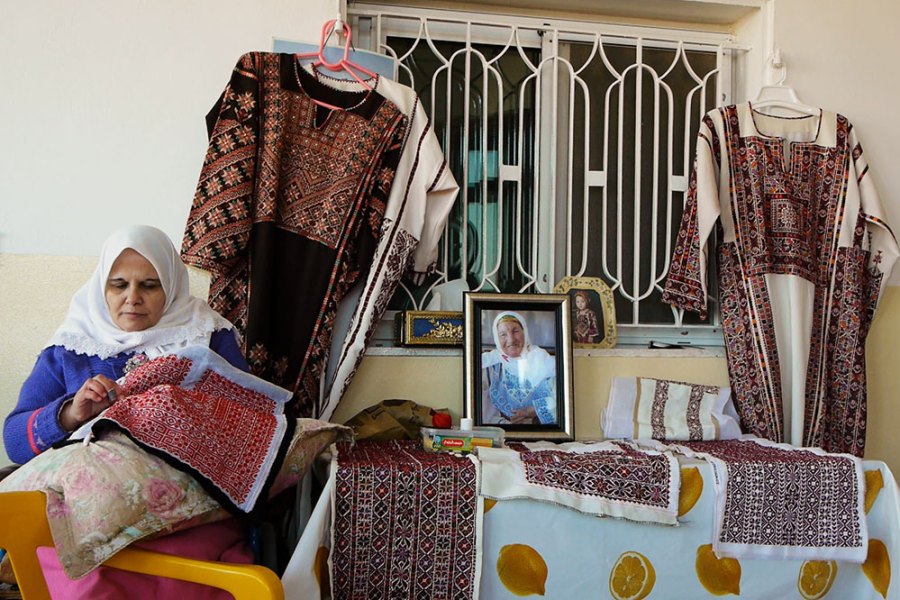
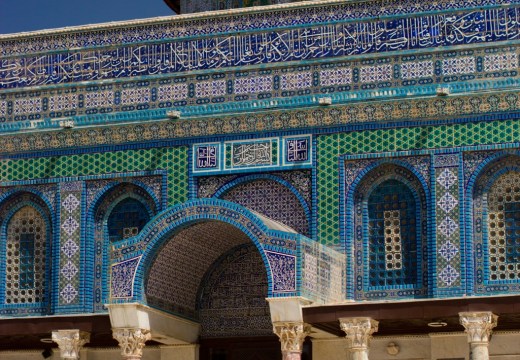
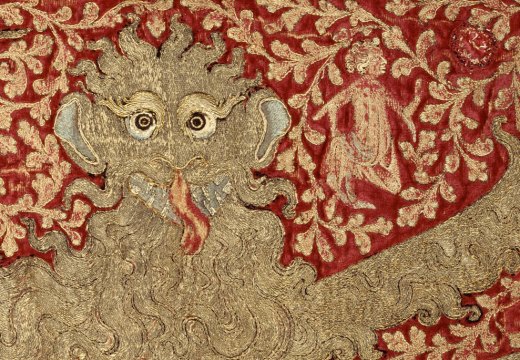
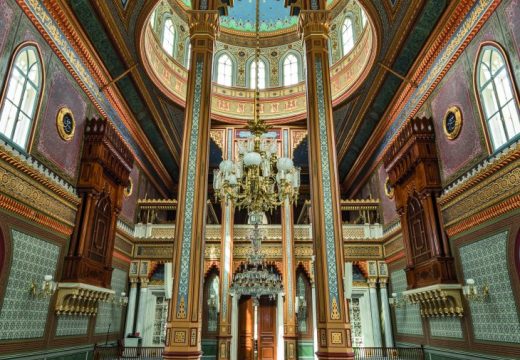









![Masterpiece [Re]discovery 2022. Photo: Ben Fisher Photography, courtesy of Masterpiece London](http://www.apollo-magazine.com/wp-content/uploads/2022/07/MPL2022_4263.jpg)
It’s time for the government of London to return to its rightful home